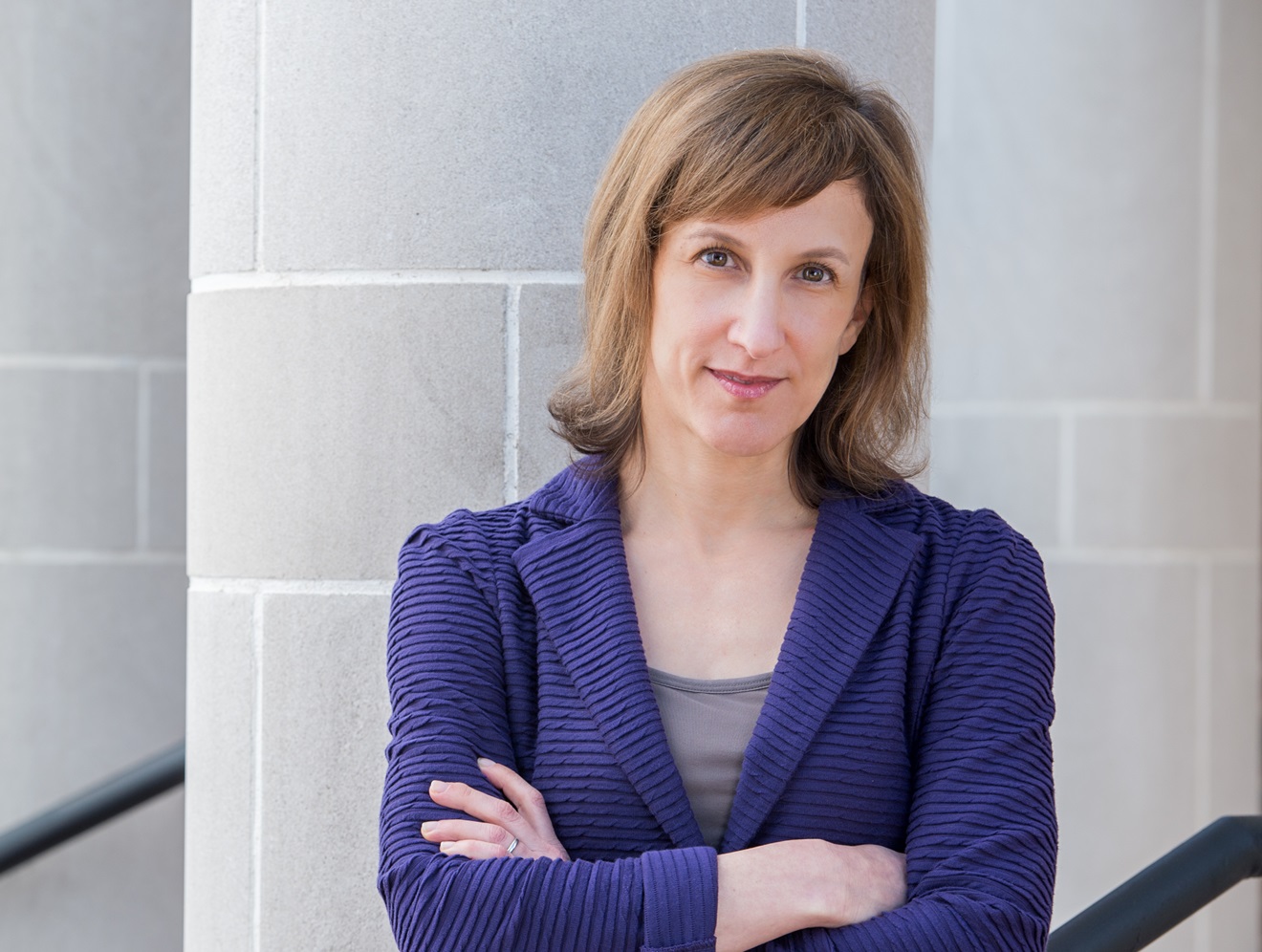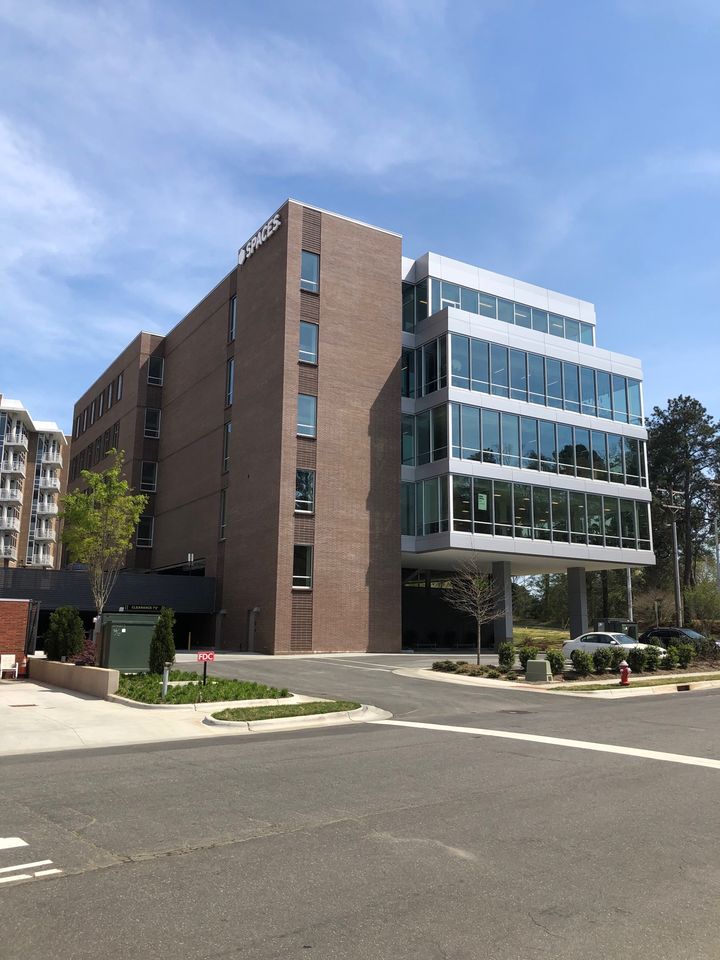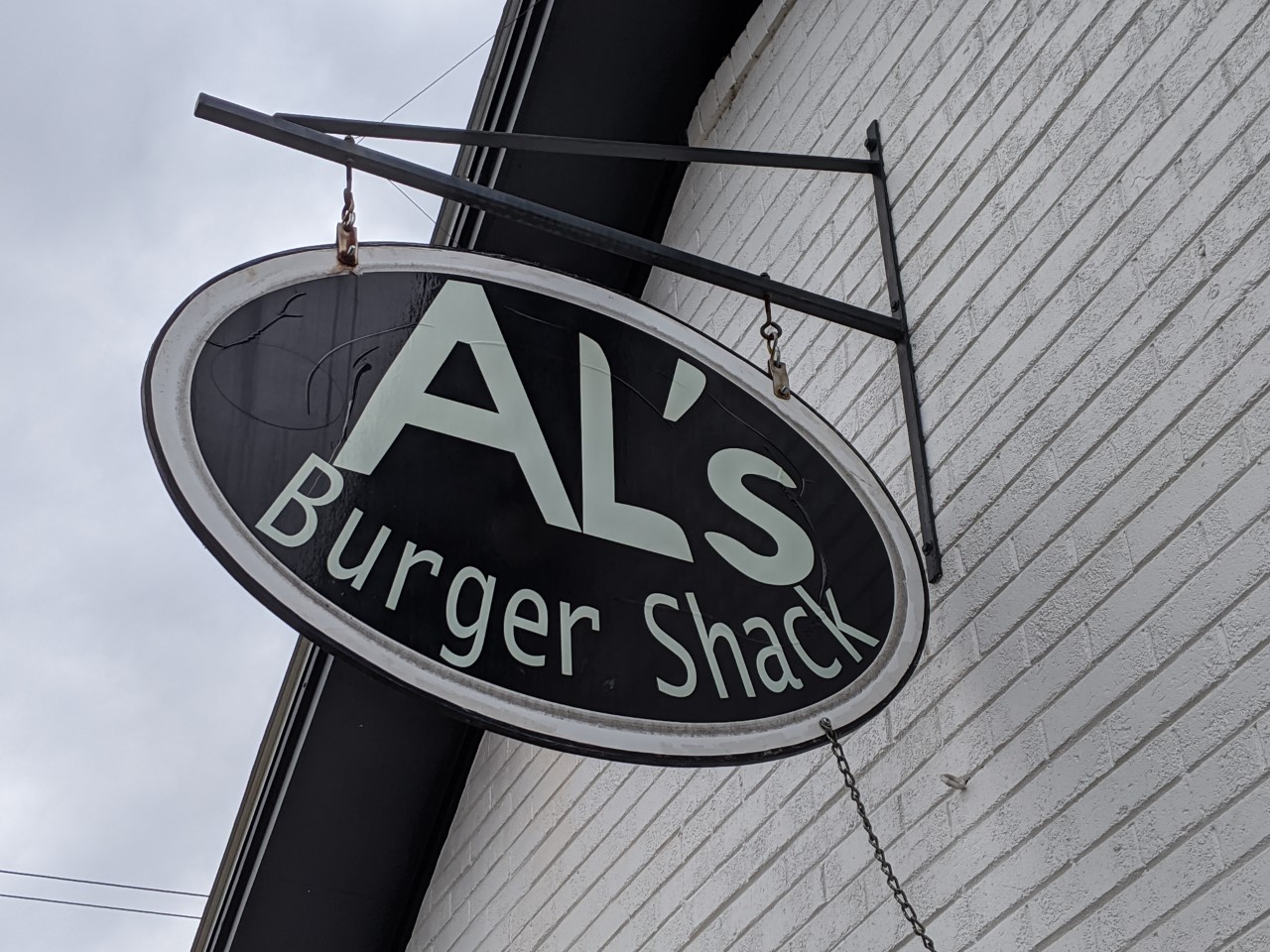A recent article in the New York Times highlights a distressing trend: that a growing percentage of elder Americans are declaring bankruptcy. The bad news should come as no surprise.
Pensions are rare, the costs of healthcare are exorbitant, and many people have inadequate savings; the underlying issues have been festering for years.
Research highlighted in the Times article provides dimension to the problem: the incidence of people 65 and older who file for bankruptcy is three time what it was in the early 1990s. And this older group represents the largest share of all bankruptcy filers.
This trend is driven by a three-decade long reallocation of risk from employers and government to individuals. Sadly, the social safety net is shrinking leaving many more people on their own financially.
The transfer or risk has occurred in a number of way: the longer waiting period needed to receive full Social Security benefits, the elimination of employer-sponsored pension plans in exchange for 401(k) plans and the trend to higher out-of-pocket spending on medical care. The reduction of income associated with retirement exacerbates the problem.
Many retirees return to the workforce and find they are working for less money than they ever did in their life. The article points out that when the costs of getting old are off-loaded onto people that do not have adequate resources, something has to give. When this happens, the remaining element of the social safety net is protection through bankruptcy.
People in their later years are less able to recover from bumps in the road.
Finding employment is more challenging as you age. Taking on a second job in order to pay unexpected bills is almost impossible. Some people have been unable, or failed, to save. For about a third of folks on Social Security, their monthly check represents nearly ninety percent of their disposable income. In 2016, the median household led by a person 65 or older reported savings of approximately $60,000. The bottom fourth of households had about $3,000 in savings. Such amounts provide scant cushion for an unexpected health problem.
People over 65 rely on Medicare but insufficient coverage, high premiums and the need for patients to pay some of the expense force many people to dip drastically into savings.
About the Author:

Lorenzo Mejia and his wife, Mary Lynn Ryerson, are the owners of Acorn, a caregiver registry located in Chapel Hill.
They founded Acorn based on their experiences caring for his mom, who suffered with Alzheimer’s Disease. In 2013, he became a Qualified Dementia Care Specialist. In 2014, the Alzheimer’s Foundation named him the Dementia Care Professional of the Year in the United States.
Lorenzo is the founder of Dementia Friendly Orange County an effort to make local businesses more accommodating to people with dementia.
Lorenzo speaks often on dementia and the challenges associated with caring for loved ones. He has been interviewed by ABC News and National Public Radio. He is an advisor to Orange County’s OC-CARES Dementia Capable Community Project.





